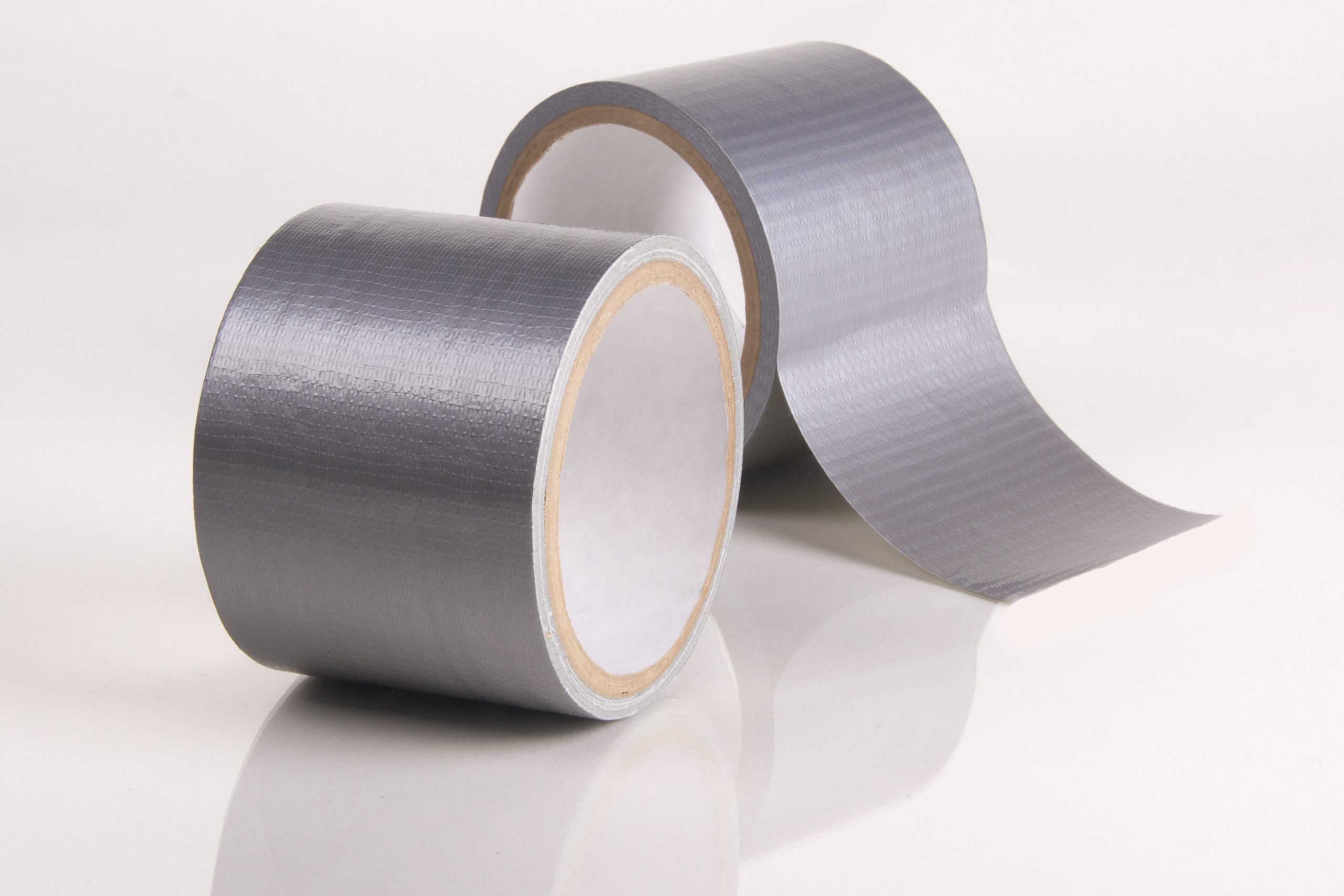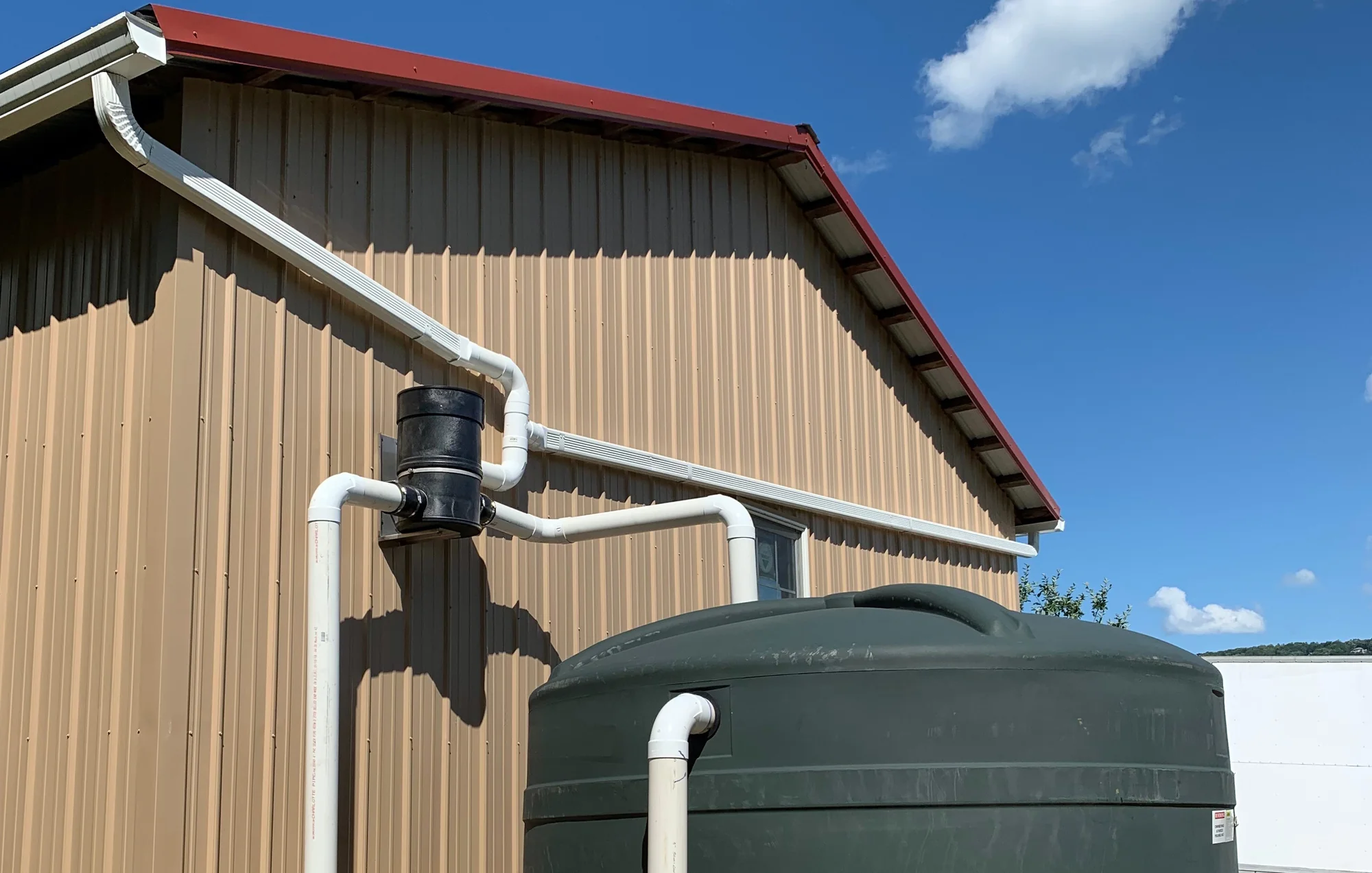Mold is not only unsightly but also a potential health hazard in homes. It thrives in damp environments and can spread quickly if not addressed. Recognizing the signs of mold is crucial for maintaining a healthy living space. This article delves into the various indicators of mold presence, from the obvious visual cues to the more subtle health symptoms. Understanding these signs can help in taking timely action to mitigate and prevent mold-related issues, ensuring the well-being of residents.
Contents
Visible Mold
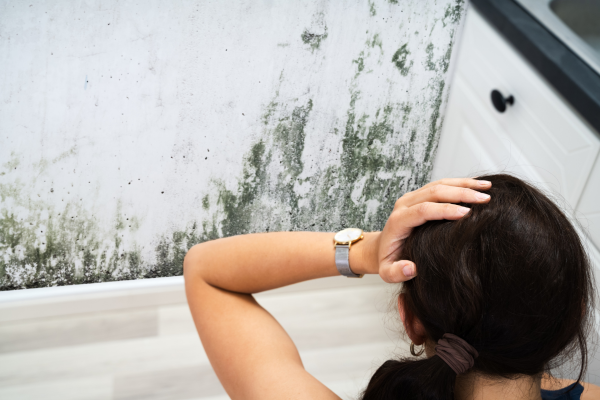
Mold manifests in various forms, often appearing as patches with colors ranging from black, green, white, or even shades of orange and purple. It can resemble anything from a slight fuzzy layer to thick, dense clusters. These visual signs are often the first indicators of mold presence in a home. Common hotspots include damp areas like bathrooms, kitchens, and basements where moisture levels are typically higher. Regular inspections of these areas, especially hidden corners, under sinks, and around plumbing fixtures, are essential to catch and address mold growth early.
Aside from the typical areas, mold can also surface on less expected surfaces like window sills, fabric, and even inside walls. It can go unnoticed for a long time, especially in less frequented parts of a home. Being vigilant about changes in surface textures and colors in various materials can be key in early detection. Visual signs of mold should prompt immediate action, not only to clean the affected areas but also to identify and rectify the moisture source contributing to the mold growth.
Musty Smell
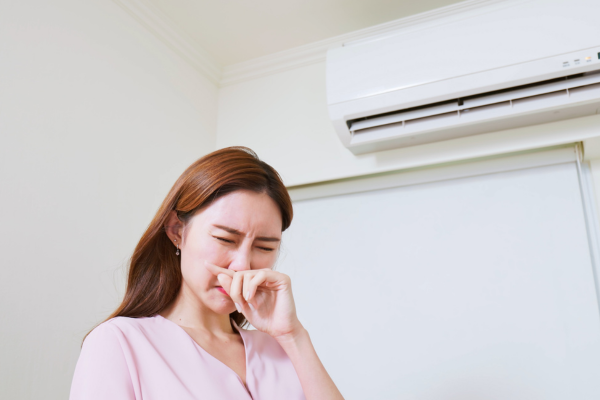
One of the most common, yet often overlooked, signs of mold is a persistent musty odor. This distinctive smell is a clear indicator of mold or mildew presence, especially in areas where it might not be immediately visible. Basements, attics, and other less ventilated areas are typical spots where this musty smell might originate. It’s crucial to not dismiss this odor as simply a “normal” smell of an older or less frequented part of the house, as it often signifies a hidden mold problem.
Identifying the exact source of a musty smell can be challenging but is essential for effectively addressing the mold issue. The smell might be stronger in certain areas, which can guide homeowners to potential mold hotspots. Once identified, it’s advisable to thoroughly inspect the area for visible signs of mold. If the smell persists despite no visible mold, it might be time to consult professionals who can conduct a more in-depth investigation into hidden mold sources.
Moisture Or Condensation
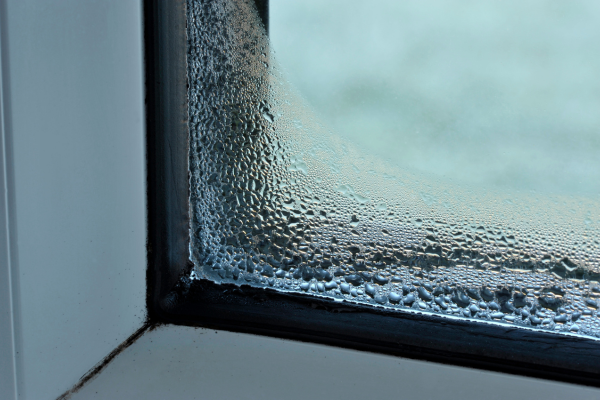
Excessive moisture and condensation in a home are prime contributors to mold growth. High humidity levels, particularly in areas like bathrooms and kitchens, can lead to condensation on walls, windows, and pipes. This moisture creates an ideal environment for mold spores to settle and multiply. Regularly checking for signs of condensation, such as water droplets on surfaces or peeling paint, can help in early detection and prevention of mold.
It’s not just visible moisture that’s a concern; hidden dampness within walls or under flooring can also lead to mold problems. Homeowners should be particularly vigilant after incidents of water intrusion, such as floods or leaks. Ensuring proper ventilation, using dehumidifiers, and maintaining a consistent indoor temperature can significantly reduce the risk of mold growth by keeping moisture levels in check.
Peeling, Cracking, Or Warping

The deterioration of building materials can be a subtle yet telling sign of mold presence. Paint peeling off walls, wallpaper bubbling or coming loose, and wood that’s warping or cracking can all indicate excessive moisture – a breeding ground for mold. These signs often point to an underlying issue that needs addressing, such as a leak or high humidity levels in the area.
Inspecting materials and surfaces that show signs of deterioration is essential. In some cases, the mold may be growing behind the peeling or cracking material, out of sight. Homeowners may need to remove a portion of the damaged material to inspect for mold growth. If mold is discovered, it’s imperative to not only remove the mold but also correct the moisture problem that allowed it to grow.
Health Symptoms Related To Mold Exposure

Exposure to mold can lead to a variety of health issues, especially for individuals with allergies or respiratory conditions. Symptoms such as persistent coughing, sneezing, sore throat, and eye irritation can often be attributed to mold exposure. These symptoms are particularly concerning if they occur only in specific parts of the home or if they worsen over time. It’s crucial to monitor health symptoms among household members and consider the possibility of mold being a contributing factor.
In addition to immediate symptoms, long-term exposure to mold can have more severe health impacts, including respiratory infections or worsening of asthma conditions. If any household members experience unexplained health issues, particularly respiratory problems, it’s advisable to inspect the home for mold. Consulting healthcare professionals is also crucial to address the symptoms and understand their potential link to mold exposure.
Leaks
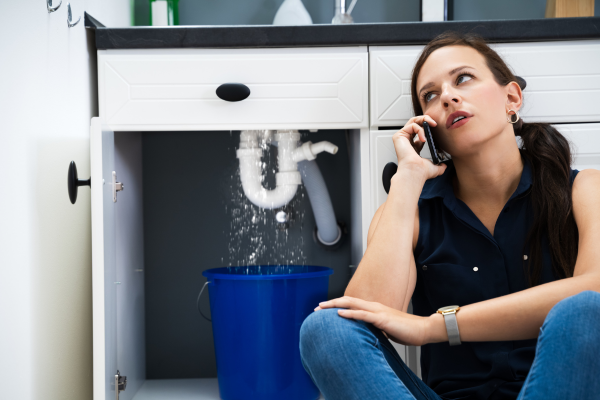
Leaks are a common cause of mold growth in homes, often occurring in places out of plain sight, such as behind walls or under floors. Plumbing leaks, roof leaks, or window leaks can provide a constant source of moisture, encouraging mold to flourish. Homeowners should regularly inspect their property for signs of leaks, such as water stains, warped wood, or a sudden increase in water bills, which could indicate hidden leaks.
Addressing leaks promptly is crucial in preventing mold. This involves not only fixing the leak itself but also drying out any affected materials thoroughly. In some cases, replacing water-damaged materials may be necessary to fully eradicate the mold source. Regular maintenance checks on plumbing systems, roofs, and windows can help prevent leaks and the subsequent risk of mold growth.
Deterioration Of Personal Items

Mold doesn’t only affect the structure of a home; it can also damage personal belongings. Books, clothes, and furniture can all fall victim to mold growth when exposed to moisture. Signs include a musty smell on items, visible mold spots, or fabrics that feel damp to the touch. It’s essential to regularly check for these signs, especially in areas prone to dampness or in belongings stored for long periods.
Salvaging mold-damaged items requires careful cleaning, and in some cases, professional restoration services may be needed. Preventing future damage is just as important and involves controlling humidity levels, ensuring good ventilation, and storing items properly. Using desiccants in storage areas and regularly airing out items can help keep belongings mold-free.
The Bottom Line
Identifying the signs of mold is the first step in protecting a home and its occupants from the potential risks. From visible mold patches to subtle health symptoms, being aware of these indicators is crucial. Prompt action, regular maintenance, and moisture control are key strategies in preventing mold growth. If mold is suspected, addressing it quickly and thoroughly can prevent further damage and ensure a safe, healthy living environment.

